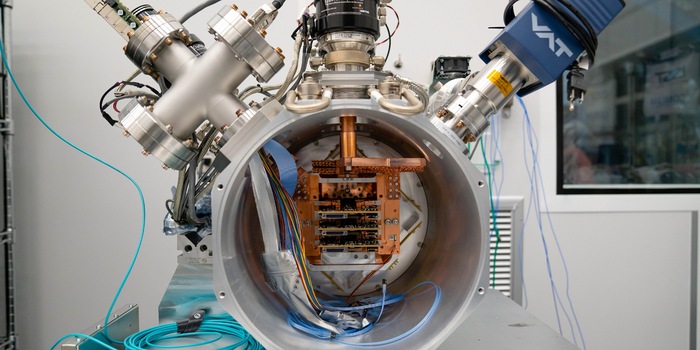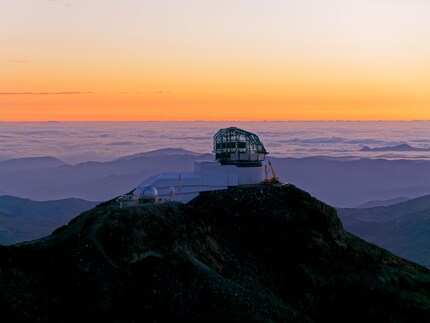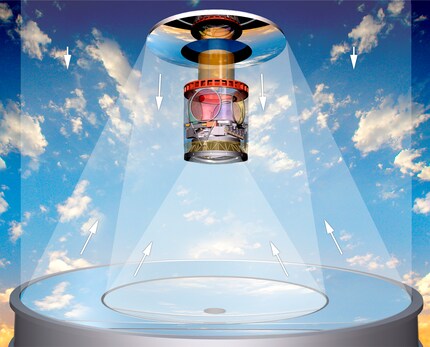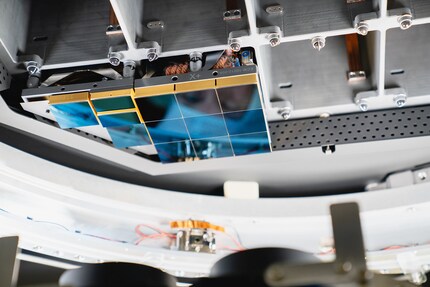
This camera has 3200 megapixels and costs 168 million
Its lens is a mirror construction with a diameter of over eight metres, its sensor is 64 centimetres in size and it weighs almost three tonnes. A look at a pretty exclusive camera.
As dpreview.com reports, the world's largest optics have just been delivered for a camera that costs 168 million dollars and has a resolution of 3200 megapixels.
This raises several questions.
This raises several questions:
- What kind of camera is this?
- Who needs one of these and what for?
- Why don't we have this in the shop? (This question is not at all obvious, but there is always someone who asks exactly that anyway.)
The camera
Weighing in at 2.8 tonnes, the 3200 MPx camera is not particularly mobile. Nevertheless, it has to be able to be transported to a 2715 metre high mountain peak - Cerro Pachon in Chile.

The very dry location is ideal for space observations and recordings. This is where the LSST camera will photograph the starry sky from 2021. The camera is just a small part of a huge construction.
The image below shows the reflector telescope. The camera is the capsule in the centre. It houses the photo sensor and corrective lenses. The light from the starry sky first falls on the mirror construction at the bottom, whose main surface has a diameter of 8.4 metres. From there, it is reflected to three corrective lenses and finally to the photo sensor.

The largest lens in the optical system has just been successfully completed and delivered. It has a diameter of 1.57 metres. The sensor is composed of 189 CCD sensors and measures 64 centimetres.

What is this good for?
The LSST camera can visualise objects that are 100 million times fainter than the faintest stars that can still be seen with the naked eye. Nevertheless, it is able to image a large section of the sky: The viewing angle is so large that there would be room for 40 full moons in the image. This should enable the telescope to image the entire sky in three days. The camera is expected to produce 6000 terabytes of data per year.
One aim of the project is to map the Milky Way. The researchers apparently already know that LSST will discover around 20 billion galaxies. They claim this on their website. By analysing the same image sections, it should be possible to detect a supernova. And "measuring weak gravitational lensing to find dark energy and dark matter". I copied this 1:1 from Wikipedia because I don't really understand what it means.
Why don't we have the camera in the shop?
A dynamic analysis of the market situation, our customer needs, their purchasing power and price sensitivity has shown that there is currently no obvious reason to include it in the range. In addition, the shopping experience would be somewhat spoilt by the fact that the camera cannot be purchased. <p
My interest in IT and writing landed me in tech journalism early on (2000). I want to know how we can use technology without being used. Outside of the office, I’m a keen musician who makes up for lacking talent with excessive enthusiasm.
From the latest iPhone to the return of 80s fashion. The editorial team will help you make sense of it all.
Show all